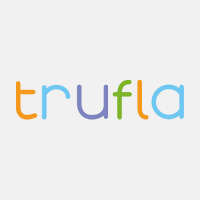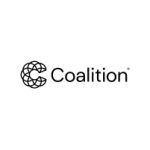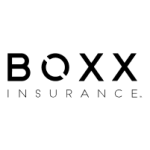Customer Self Serve Quote/Rate/Issue
Scoring Criteria
Ease of Access and Navigation (5 points)
Description: The simplicity with which customers can access and navigate the online quoting, binding, and policy issuance platform. This includes both
desktop and mobile interfaces.
Considerations: How intuitive and user-friendly is the self-service portal for customers looking to get quotes, bind policies, and issue documents? Are the steps
to get a quote clear, and can the customer easily proceed to binding and policy issuance without broker intervention? Does the platform work seamlessly
across devices, ensuring an accessible experience on both desktop and mobile?
Speed and Accuracy (5 points)
Description: The efficiency and precision with which the platform generates quotes based on the customer’s provided information.
Considerations: How quickly can the platform generate quotes? Are the quotes accurate and compliant with underwriting rules? Does the system provide
clear, real-time updates on premiums, discounts, and product options? Is it easy for customers to adjust coverage details and get an updated quote?
Binding and Policy Issuance (5 points)
Description: The platform’s ability to allow customers to complete the policy binding and issuance process independently, without the need for broker
involvement.
Considerations: Can customers quickly and securely bind policies after receiving a quote? How seamless is the transition from quoting to binding? Does the
system handle electronic document generation, signatures, and policy issuance in an automated, customer-friendly way?
Payment and Billing Integration (5 points)
Description: The system’s capability to integrate with billing and payment platforms, allowing customers to complete their purchase immediately.
Considerations: Can customers easily make payments online through a variety of options (credit card, bank transfer, etc.)? How smoothly does the system
process payments.
Customization and Flexibility of Coverage (5 points)
Description: The platform’s ability to offer customizable coverage options and pricing for different insurance products based on customer needs.
Considerations: Can customers tailor their coverage during the quoting process? Is there flexibility in adding endorsements, selecting different coverage
levels, or adjusting deductibles? How well does the platform guide customers in choosing the right products or upselling additional coverage options?
Security and Compliance (5 points)
Description: The security measures in place to protect customer data and ensure compliance with regulations during the online quoting and policy issuance
process.
Considerations: Does the platform offer secure login, encryption, and transaction protocols to protect customer information? Is it compliant with global and
regional data protection laws like GDPR or PIPEDA? How well does it handle sensitive customer and policy data during the quote, bind, and issuance stages?
Pricing and Value for Money (5 Points)
Description: The cost-effectiveness of the system in relation to its features, performance, and value provided.
Considerations: Is the pricing competitive, flexible, and justified by the system’s features, performance, and return on investment?












